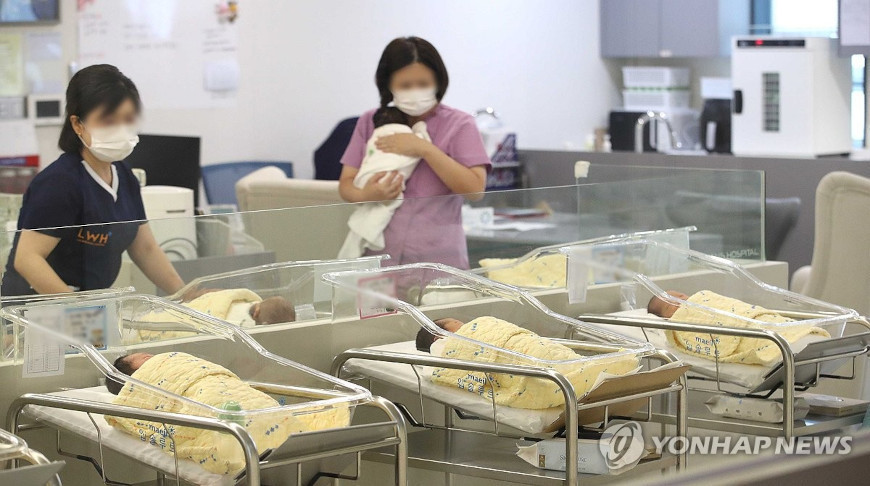
SEOUL, 28 February (BelTA - Yonhap) - The number of babies born in South
Korea increased for the first time in nine years in 2024, driven by a
post-pandemic rise in marriages, evolving attitudes toward parenthood
and demographic changes, the statistics agency.
A total of 238,300 babies were born last year, up 3.6 percent from a record low of 230,000 in 2023, according to Statistics Korea. The figure had been declining since 2015, when it stood at 438,400.
The total fertility rate, the average number of children a woman is expected to have in her lifetime, also rebounded for the first time in nine years, reaching 0.75 in 2024, up from 0.72 tallied a year earlier.
The figure surpassed the government's earlier forecast of 0.74.
However, it still remains among the lowest in the world and about half the average of the member nations of the Organization for Economic Cooperation and Development (OECD). Since 2018, the country has been the only member of the OECD with a rate below 1.
It also remains far below the replacement level of 2.1 births per woman, which is needed to maintain a stable population without immigration.
The government aims to raise the rate to 1 by 2030.
A total of 238,300 babies were born last year, up 3.6 percent from a record low of 230,000 in 2023, according to Statistics Korea. The figure had been declining since 2015, when it stood at 438,400.
The total fertility rate, the average number of children a woman is expected to have in her lifetime, also rebounded for the first time in nine years, reaching 0.75 in 2024, up from 0.72 tallied a year earlier.
The figure surpassed the government's earlier forecast of 0.74.
However, it still remains among the lowest in the world and about half the average of the member nations of the Organization for Economic Cooperation and Development (OECD). Since 2018, the country has been the only member of the OECD with a rate below 1.
It also remains far below the replacement level of 2.1 births per woman, which is needed to maintain a stable population without immigration.
The government aims to raise the rate to 1 by 2030.













